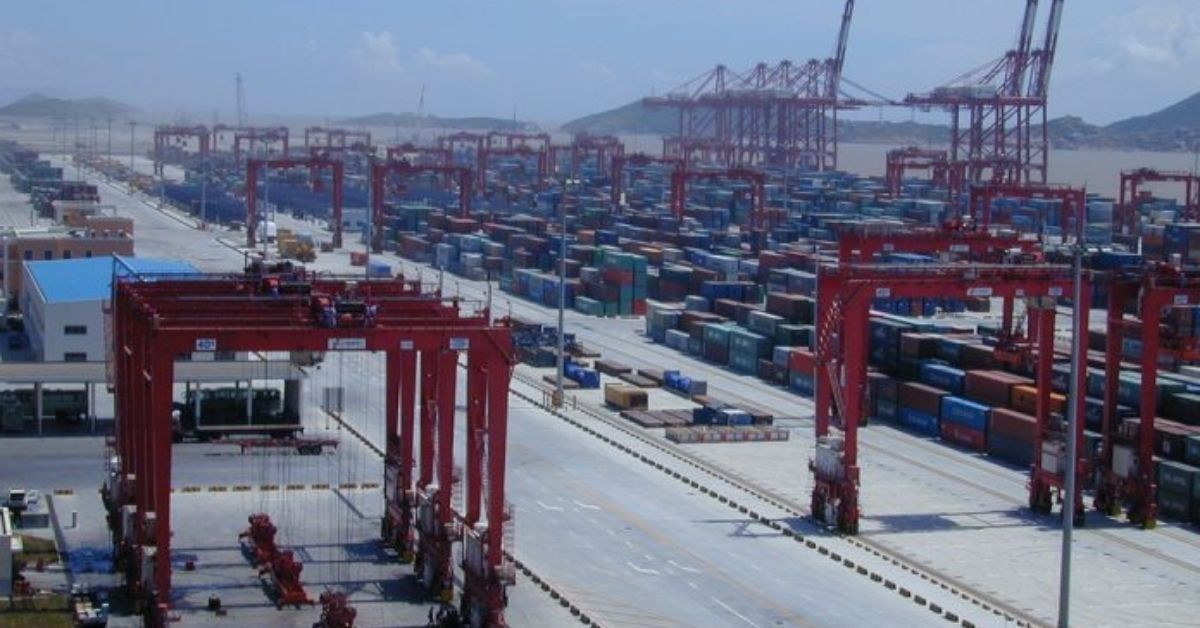Industry expectations are that the surge in volumes from Asia to Europe will continue into the third quarter with delays in the US and European ports continuing to form the major bottlenecks in supply chains.
The US National Retail Federation (NRF) forecasts that there could be a further surge in retail spending and consumer demand this year, which it says could increase by as much as 8.2%.
According to the NRF, a consequence of such a significant rise in demand could see container volumes increase by as much as 23% in the first half.
Consultant Jon Monroe points out that, “Given that many importers are struggling with low inventories, replenishment just to meet their numbers could be a key driver in this year’s growth. So, the question everyone needs to answer is how to cope with another possible volatile year?”
According to Monroe, most beneficial cargo owners (BCOs) are now intent on closing contract negotiations and are trying to plan for the expected market volatility, which can mean contract requirements remaining unmet, skyrocketing rates and schedule reliability again falling by the wayside.
Monroe has a number of suggestions for companies faced with another year of supply chain disruption, including looking for alternative ports of delivery for import cargo, other than Los Angeles and Long Beach, while also optimising warehouse efficiencies in the face of cuts in free time, that will inevitably follow.
In addition, Monroe adds, “Given the time of the year and the strong volumes coming from Asia, it is important for BCOs to ensure they have a good strategy for the new contract year.”
He suggests that shippers:
- Review your forecast volumes to come up with as accurate number as you can.
- If you are expecting growth, be aggressive.
- Don’t sandbag your minimum quantity commitment (MQC). Commit as much as you can.
- Ensure you have a backup to your main carrier or carriers.
- If you are a large BCO, save 25% to 30% to give to one or two NVOCCs. Even if you must pay more, you are buying security.
- Review your current warehouse and distribution strategy as follows:
- If you can implement a four corners strategy, do it. Do not put all of your containers through one port.
- Review your warehouse throughput and cut your receiving days down. Detention charges will be high this year.
- Negotiate tiered rates. A fixed rate with an increase during peak. Of course, it is hard to determine peak.
- Be clear on your commitment to the carrier and ask them to be clear with you..
- Do not drag the negotiations out thinking you will wait until the last minute and get a better rate. Last minute might mean no MQC left.
- Consider coastal transload programs if you have inland warehouses.
- Think alternate ports: have a plan B.
- Build extra lead time into your import cycle (see chart below).
According to Monroe’s chart below, there is a ‘new normal’ lead time for cargo arriving in the US West Coast of the current expectation plus four to five weeks.

“If you are a BCO and using an NVOCC they are most likely handling your end-to-end supply chain. That is something carriers are no longer very good at. Though carriers are attempting to get back into this business they have neither the experience nor the ‘boots on the ground,” added Monroe.
European shippers are in a similar position with their US counterparts, with congestion at ports a major source of anxiety and the lack of container equipment exacerbating those difficulties.
The UK particularly has seen a substantial increase in delays, where there have been problems with space to store empty containers and, according to the online Container xChange, the UK’s departure from the EU has also had an impact.
“Post-Brexit trade disruption and ongoing congestion are causing critical build-ups of containers at UK ports,” data from Container xChange indicates.
Dr. Johannes Schlingmeier, CEO of Container xChange said the CAx index when it is over 0.5 indicates that there are more container imports than exports and the index has “Significantly increased over the last year, rising to 0.86 for 40ft containers, from 0.71, and reaching 0.85 for 20ft boxes from an average of 0.72.”
“UK ports are congested with empty boxes and if this problem becomes too bad we may see additional tariffs on new [newly arriving] containers,” said Schlingmeier.
Container xChange said the connection between Brexit and the CAx is that Ports in the UK, mainly Felixstowe, but also Liverpool and Southampton, face severe congestion as a consequence of the UK leaving the European Union which becomes a problem for companies importing into the UK as it takes longer, but also some carriers are adding surcharges.”
“What is even worse, is that some carriers drop off their cargo at EU ports in Hamburg, Rotterdam and Antwerp now to completely avoid the congestion in the UK. Hence the CAx values for the mentioned ports have increased in the past couple of weeks,” explained Schlingmeier, with an added reminder that the CAx monitors how many containers enter and leave a port.
He went on to say that four to five months ago carriers were waiting for up to two months for backhaul cargo in European ports, now they “are filling their ships with empties to get them back to Asia.”
Source : Container-News






